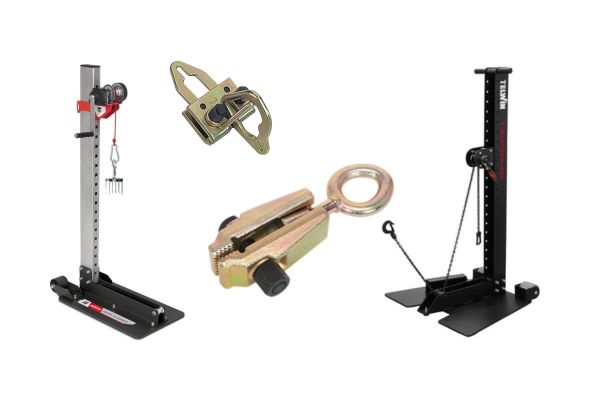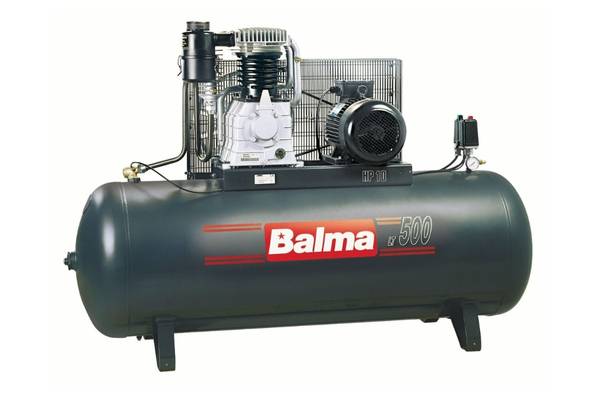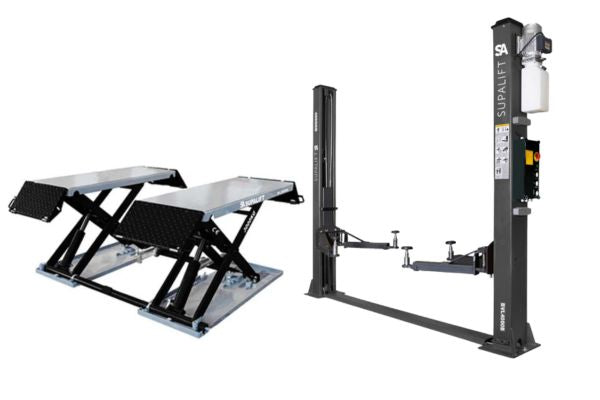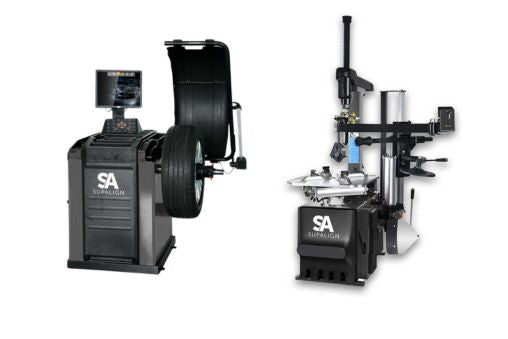WHY BUY FROM BWS?





GYS Plasma cutters For Automotive and workshop use!
A plasma cutter is a versatile and efficient cutting tool that utilises a high-temperature plasma arc to effortlessly cut through various types of metal with precision and speed. Here at BWS, we stock a wide range of plasma cutters manufactured by various affordable but high-quality brands with whom we work very closely. We at BWS have over 25 years experience in plasma cutter technology sales service and repair and are therefore able to give you honest advice and support about your purchase. If you have any questions about our range of plasma cutters or just need some general advice please contact us using the contact form n this page or call 0161 223 1843.,PLASMA CUTTER TROUBLESHOOTING GUIDE
BWS service and repair all makes of plasma cutters by our dedicated team of welding engineers. With nearly 100 years total experience in our team there isn't a plasma cutter made we have not serviced or repaired. That experience can give you the confidence in your purchase from us that we will always be there to help should anything go wrong or you just need technical advice
We are always here to help simply contact us by email phone or by the chat on mobile phone.
-
If your plasma cutter is giving poor cut quality the first check the air pressure: Ensure that the air pressure is within the recommended range specified by the plasma cutter manufacturer or set the gauge at 6 bar for optimum air flow and cut.
Check the air flow: Make sure that the airflow is not restricted and there are no leaks in the supply airline.
Check for contamination: Remove any water, oil, or debris from the supply airline to prevent contamination of the plasma arc. Ensure the air into the plasma is clean and dry.
- Examine the consumables: Worn or damaged consumables can result in poor cut quality. Replace them if necessary. -
If your plasma cutter is using a lot of consumables then first verify the correct amperage setting: Ensure that the plasma cutter's amperage setting matches the recommended amperage for the cutting tip being used. Using an incorrect or higher setting than is required to cut the material can lead to faster consumable wear.
Check for proper cooling: Inadequate cooling can cause the consumables to overheat and wear out quickly. (see air pressure settings)
Maintain proper standoff distance: Maintaining the correct distance between the workpiece and the torch tip is crucial. Too close or too far of a distance can cause excessive consumable wear due to the molten pool sticking to the electrode. Maintain a gap of about 2-4mm or use a tip specifically designed for touch cutting commonly called a drag tip. Or preferably use a stand off spring. -
If your plasma cutter wont start cutting or turn on then first verify the mains power supply by checking the fuse.
Does the ON switch illuminate?
Check if it does turn on that when you press the trigger the air starts. If not check the consumables safety pins connected to the nozzle
Check the grounding: Ensure that the plasma cutter is properly grounded to prevent electrical issues and ensure operator safety. A good earth clamp should always be cold. if the earth clamp feels warm or hot to touch then its drawing current and this will effect your cut. -
Regular cleaning and maintenance: Clean and service the plasma cutter and cutting torch regularly to prevent contamination and to keep the components in good condition.Inspect consumables and torch parts: Regularly check the cutting torch and consumables for signs of wear or damage. Electrodes have tungsten in the centre of them and when new this is flush with the end of the electrode. As it wears it goes into the electrode.
Replace any worn-out parts to maintain optimal performance.
-
Plasma Cutter parts are made to exacting standards therefore it has been known for you to get faulty parts. If your machine is playing up and no arc is striking simply replace the consumables as a first diagnostic check.
-
This can cause the same problems as proper travel speed. Insufficient amps on something thick and you may not cut cleanly. Too much ams for something thin and your cut wont be as smooth and the burn ring area will be larger. Balancing the travel speed with the correct amps for what you need is very imprtant for cut quality and for consumables life.

-
Plasma cutters use direct current to heat compressed air to very high temperatures. At which time the atoms are ionised to create a “plasma arc”. The narrow hole of the cutting tips harbours this plasma at a temperature of about 25,000-30,000 degrees Fahrenheit. This can enable you to cut clean and precise shapes with ease.
-
Plasma cutters are incredibly efficient machines that allow you to cut custom shapes into plate and sheet metal, straps, bolts, and pipes. Whether for industrial use or personal artistic ventures, plasma cutters can help you cleanly and efficiently cut metal into whatever you want it to be.
-
The best way to determine what type of plasma cutter you will need for your projects is to contact us! Our highly experienced team of technicians will be able to point you in the right direction and ensure that you get the plasma cutter you need. All you need to do is tell us what you will do with it!

























































